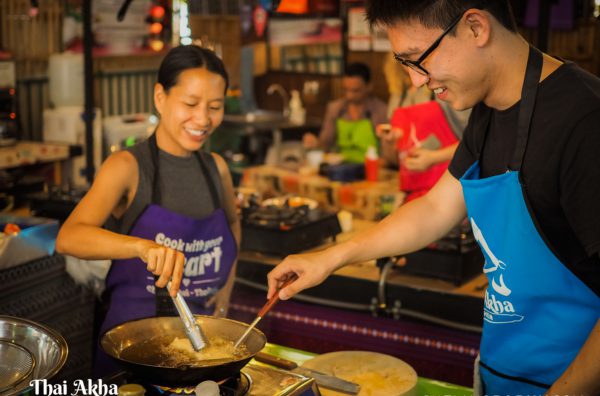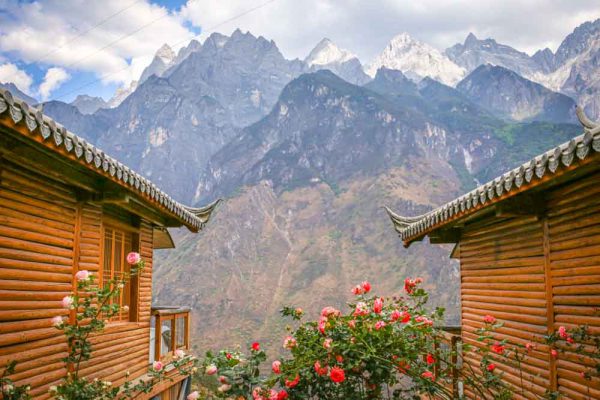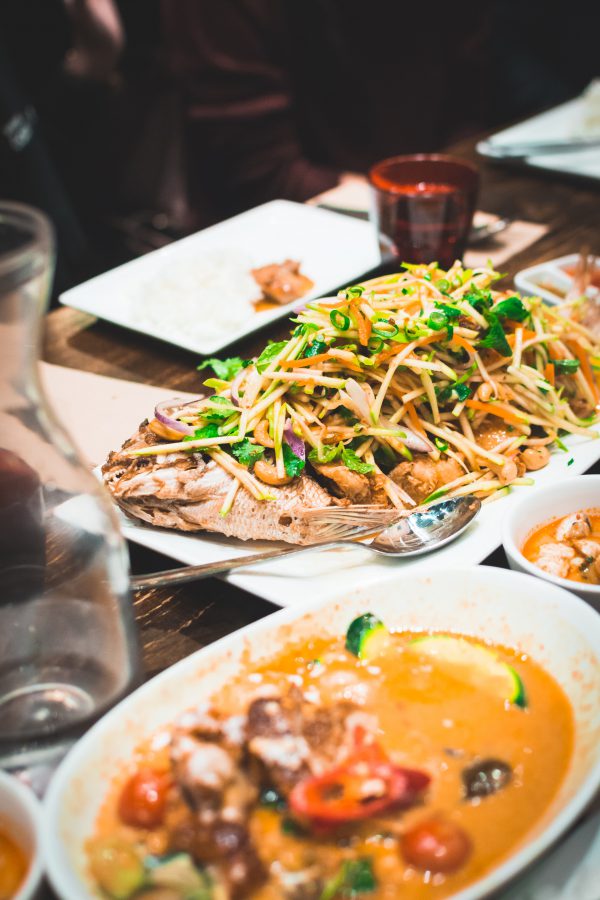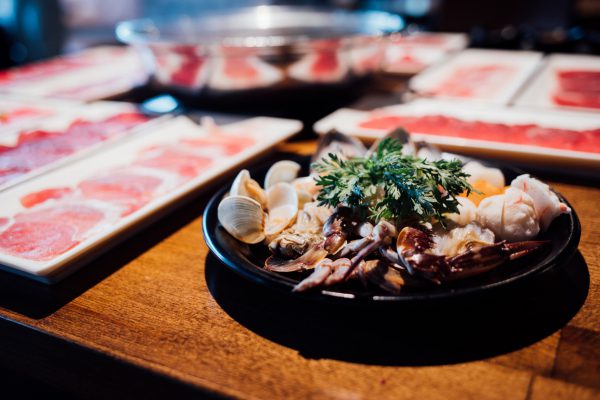History of the Japanese Tea Ceremony
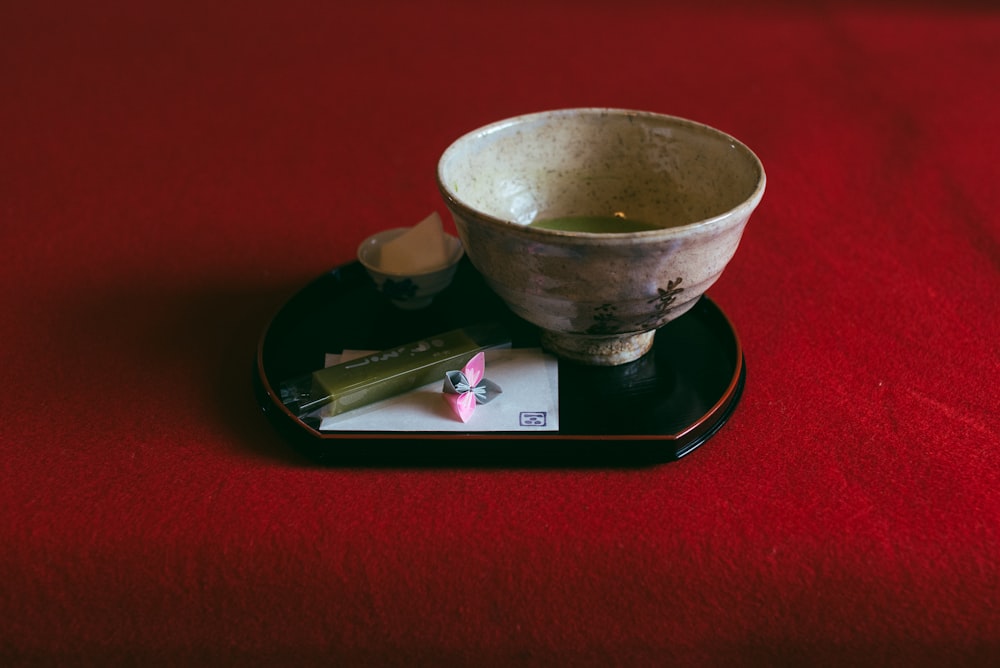
Chado, or Japanese Tea Ceremony is a cultural heritage that dates back to the 14th century. It was said that the tradition came from China, and was brought to Japan during Japan’s early contact with the Tang dynasty. Back in the days, tea ceremonies were limited to mostly nobles and were often a preferable way for discussions or even war strategies. Chado is so important to the Japanese, that Hideyoshi Toyotomi created a portable golden tea room just so he could have it anywhere he wanted!
In Japan, a tea ceremony is an art form. Even the word chado (茶道) literally translates to ‘the way of the tea’. Each step and movement has a special meaning. The tea ceremony symbolizes the importance of time and human’s oneness with nature and their surroundings. Chado encourages you to focus in the simplicity and to live and appreciate the moment.
Steps of the Japanese Tea Ceremony

In a tea ceremony, the tea master holds all the control. You are not allowed to make any unnecessary actions or comments. Most of the tea ceremonies are conducted quietly, aside from some small talks that sometimes happen later on.
1. Preparing the spirit and the heart
The tea master prepares everything needed for the ceremony to start. However, as the guest, you need to prepare yourselves, too. The guests need to shed all negativity and have a clear and open perspective of the world.
An important aspect of the tea ceremony is that everyone involved must leave all worldly attachments behind. This is symbolized by washing your hands before you enter the tea room.
As a guest, you can only enter the room once invited by the tea master. It is important to bow once you enter the room, as a show of respect for the host.
2. Cleaning the tools
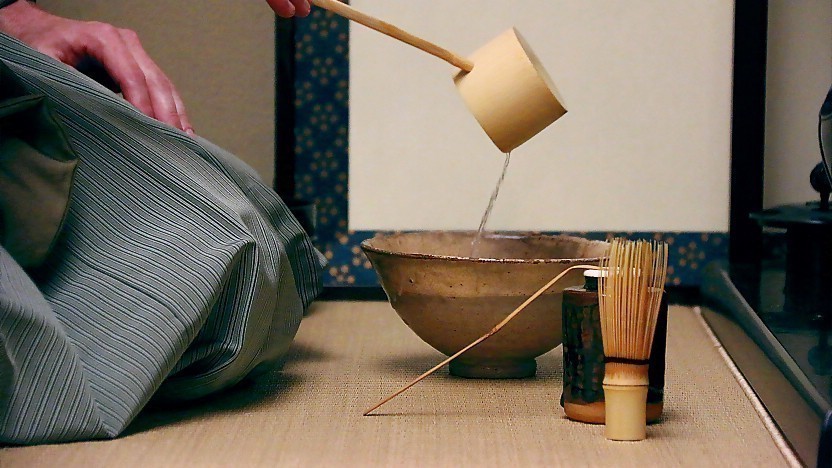
The preparation for the tea ceremony starts now. The tea master gracefully cleans every tool that is going to be used in front of the guests. This should be done in an aesthetic and graceful manner, and there is never any unnecessary movements.
As a respectful guest, you need to watch silently and appreciate the process. All of the participants are encouraged to sit up straight in a graceful position and do not make any comments or other unnecessary actions. This point is important since it is essentially the essence of chado: tranquility.
3. Preparing the tea
Source: @stri_khedonia via unsplash
After finishing with the preparation, the tea master makes the matcha in a tea bowl. They start by scooping around three spoonfuls of tea powder into a bowl and a small amount of water, whisking it in a certain method and putting more water if needed.
Note that the tea is only made in 1 bowl and will be shared with all the participants. After finishing the tea, the tea master gives the bowl to the main guest first.
4. Serving and drinking etiquette
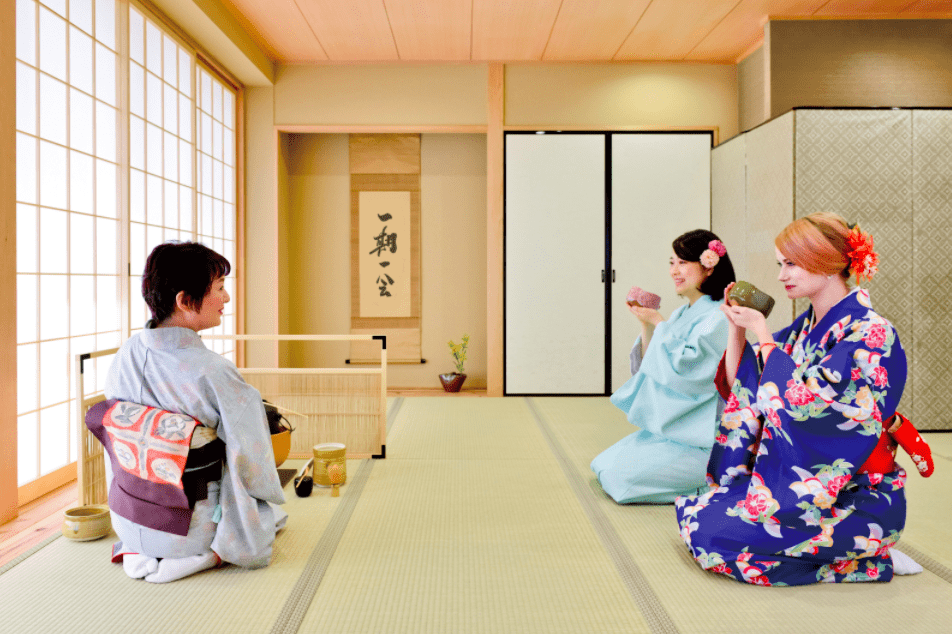
Source: JW Web Magazine
It is important to remember to look and appreciate the tea bowl first. When you receive the tea, the tea master presents to you the “kao” , or the front part of the bowl. This is usually the part of the bowl with all the designs and colors. Before drinking the tea, you need to place the bowl in your left hand, and rotate it clockwise with your right hand so that the front part faces the host.
If you are the only participant, drink the tea in only three and a half sips, and it is recommended to make a slurping sound on the last half sip. In Japanese culture, it indicates your appreciation for the tea and is an authorized manner. If you are sharing the tea with others, make sure to drink in small sips so that others will have a chance to try it, too.
Before passing it to the other guests, make sure to clean the area where your lips touched with your right hand’s thumb and forefinger. Then, wipe your fingers with the kaishi, which is the thin washi paper that is usually provided. Then, pass it on to the next guest beside you. Continue until the last guest has their turn.
Most of the time, there are some seasonal sweets provided during the ceremony in each of your own individual plates. The traditional sweets are aesthetically pleasing and complement the seasons. Since the tea is usually a bit bitter, the sweets tend to be on the sweeter side to balance it out.
5. Finishing up
After everyone has a chance to enjoy the tea, the tea master takes the bowl and cleans it along with all of the utensils.
As a guest, you’ll be handed the cleaned utensils to be inspected as a sign from the host that they are also respecting you. You are required to treat the utensils with respect and hold them carefully. Make sure not to touch the cleaned utensils directly, but just hold them gently with the soft cloth that is provided.
As soon as the last person has finished examining the tools, they hand them back to the tea master. The tea master then puts it back into place.
Before you leave the room, make sure to bow once more to the host. Keep quiet until you get out of the room since the ceremony isn’t completed until you leave. The ceremony is now finished.
Different versions
Although most tea ceremonies go through a similar process, each one of them is unique. The differences depend on the occasion, the season, and the participants. Even each tea master has their own way of preparing tea!
Luckily, nowadays you can have your own chado experience during your travels in Japan. Since the tea ceremony is a national cultural heritage, it is not limited to a specific area. Therefore, you can easily pick a time and place that is convenient to your schedule. Check out our list of tea ceremony experiences in major areas in Japan!


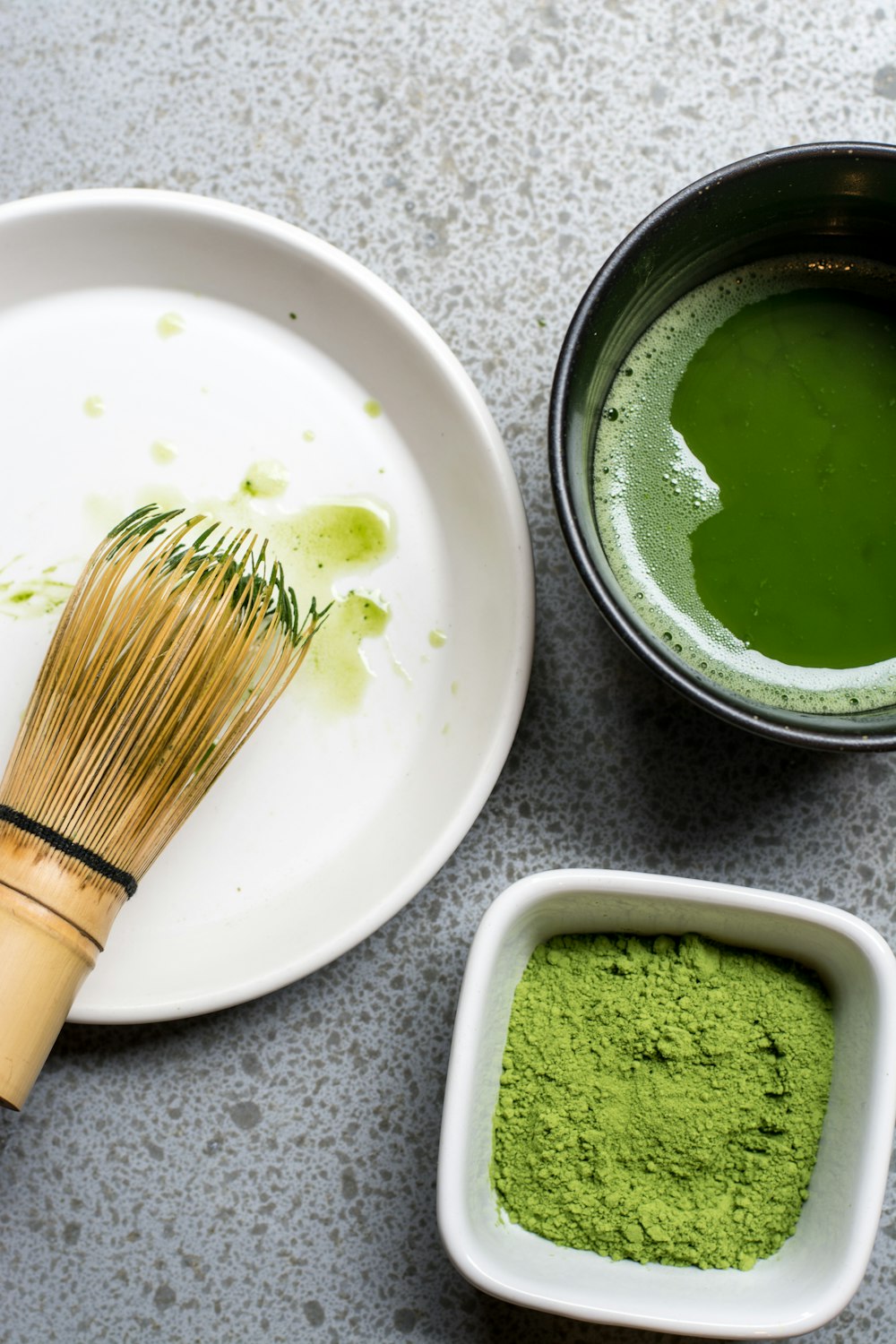
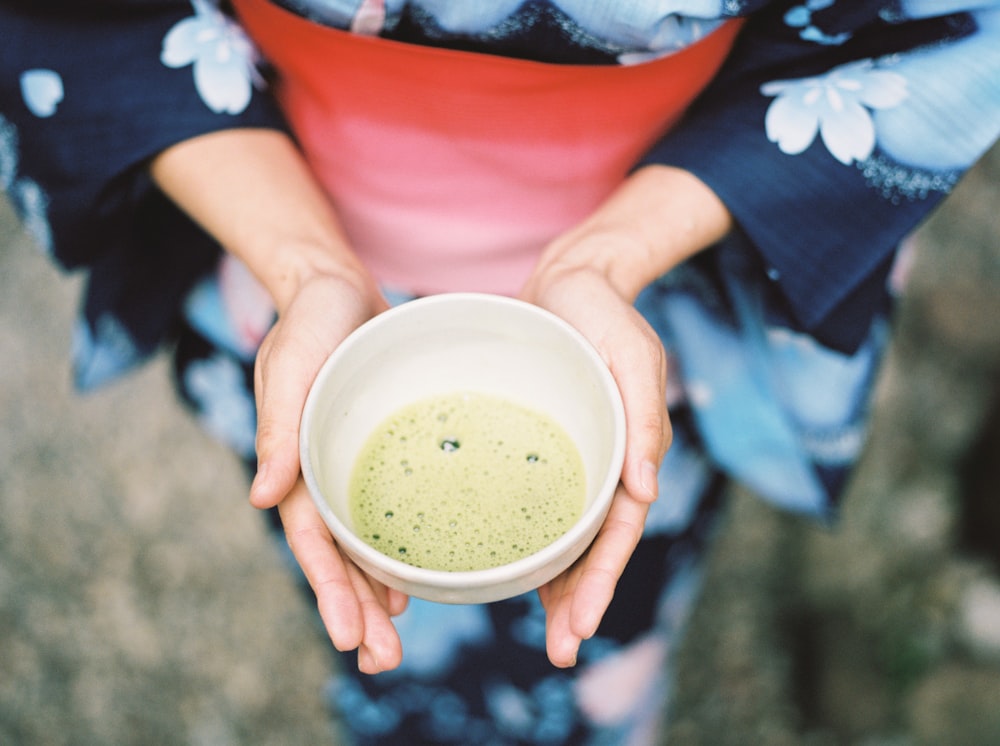 Source:
Source:  Source:
Source: 